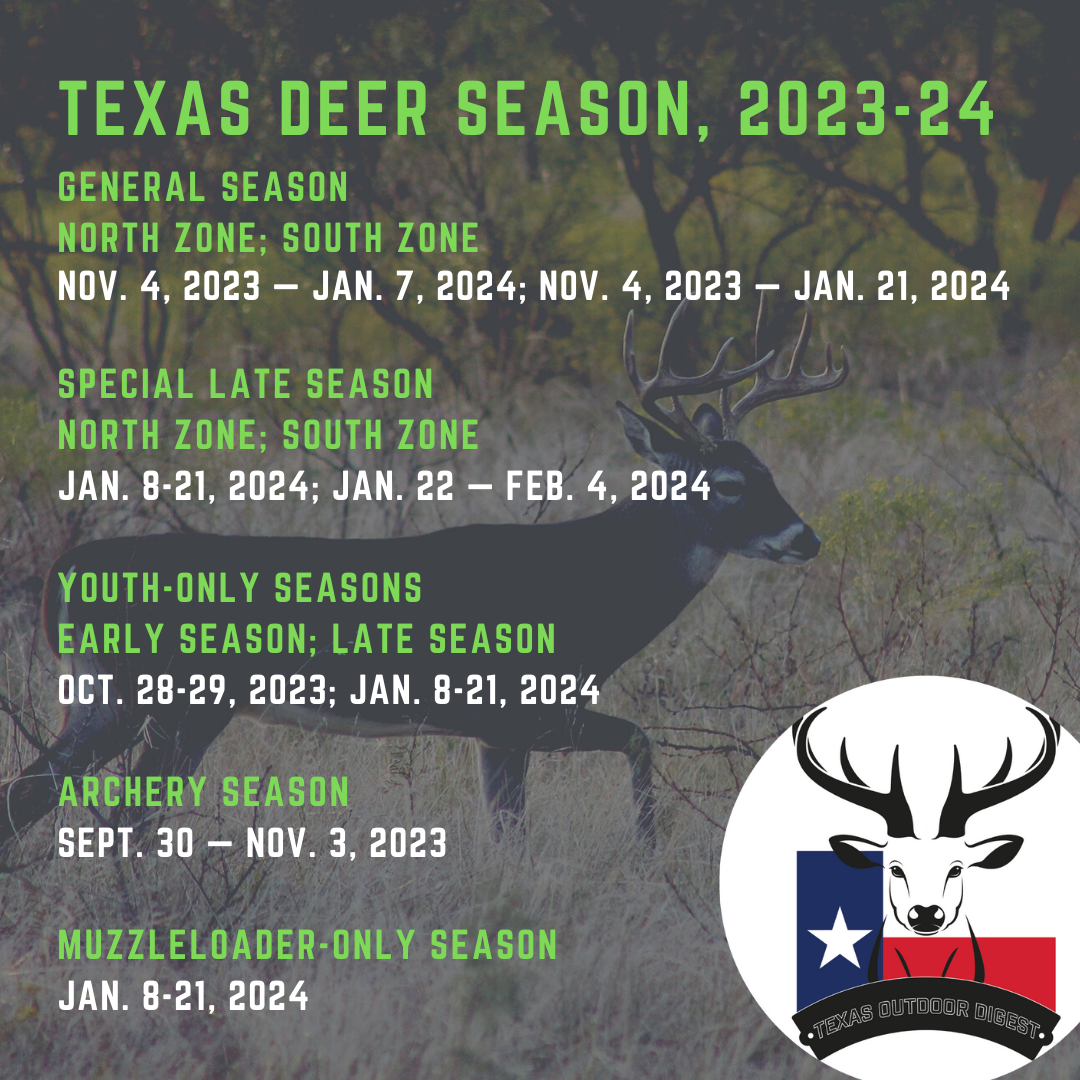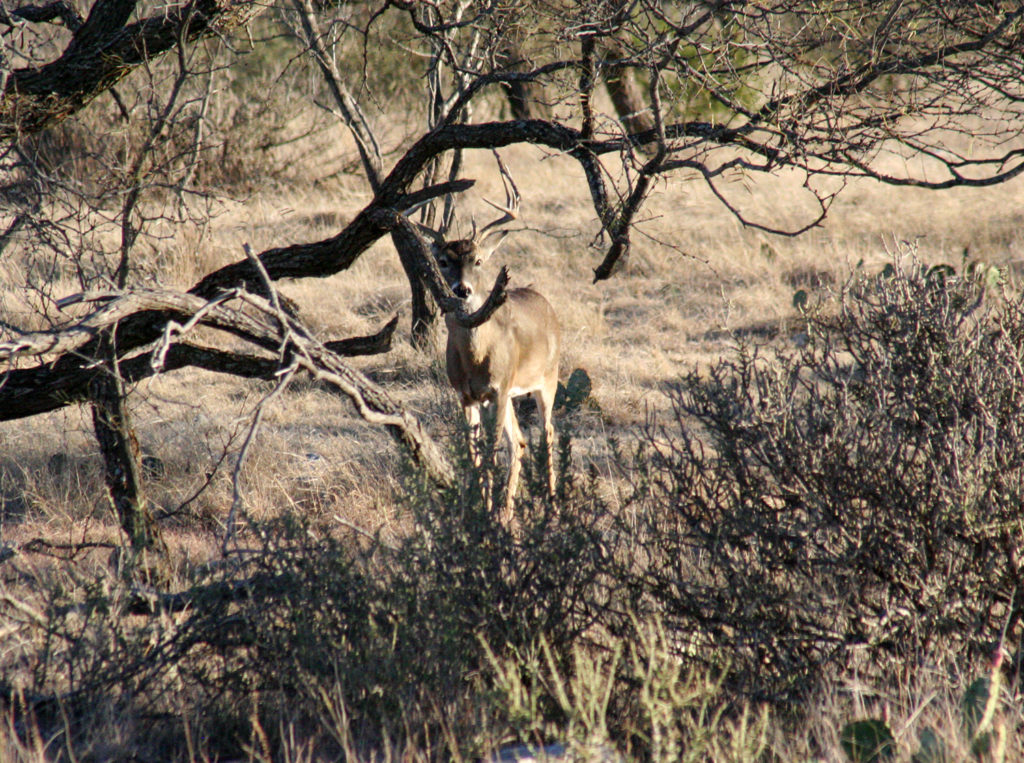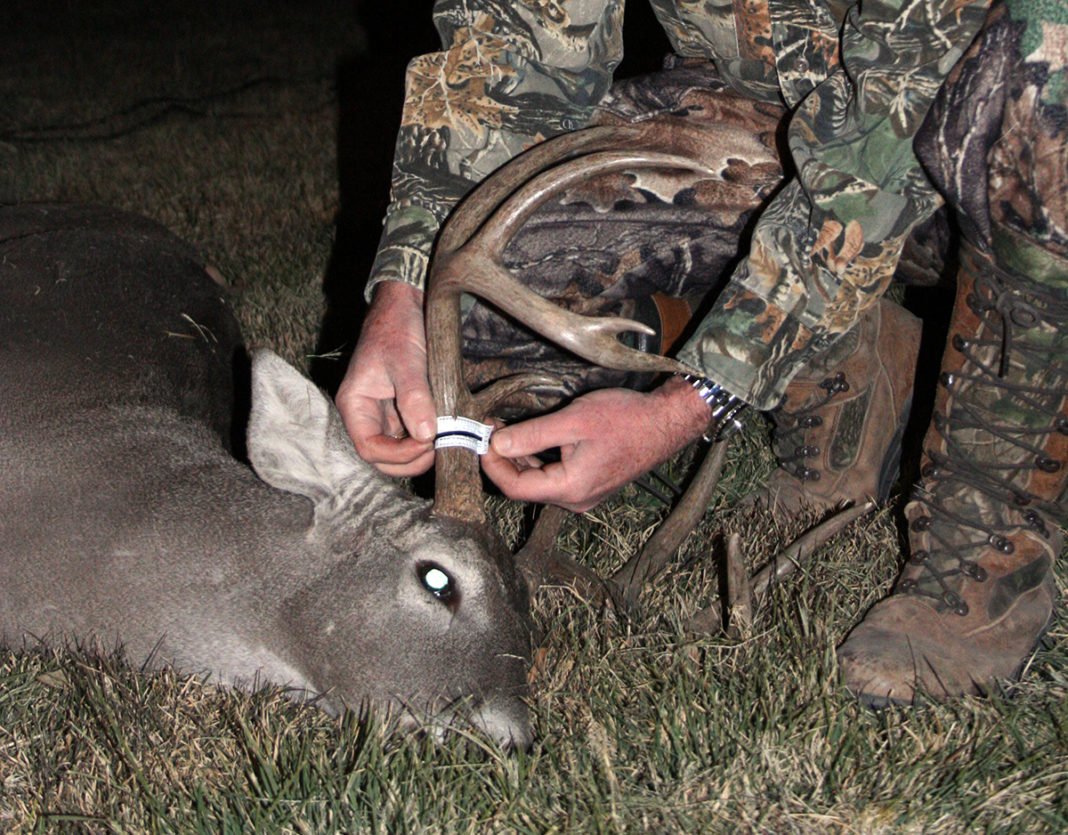
Deer hunting all day is no easy task, something I’ve learned from personal experience.
Nothing is more frustrating than sitting in your favorite stand — or blind, depending on your preference — for hours on end when the critters aren’t moving and bad weather decides to set in, making things even more difficult.
However, that’s why it’s called hunting, and when you’ve waited all year to spend time in the field, it’s the best way to maximize your chances of bagging a buck, especially the biggest ones out there that seem to morph into ghosts when you’re most hoping to see them.
The traditional approach to deer hunting always has been targeting the high percentages of when they’re typically on the move – both early in the morning and late in the evening – but there also are advantages to hunting throughout the morning and afternoon, and if you haven’t considered a longer sit, you certainly should this fall and winter. It could pay off with tagging out and harvesting the largest buck of your lifetime.
When discussing the all-day deer hunt, there are three approaches to the pursuit: biological, which centers on why deer might move at non-peak times; physical, which focuses on preparing your gear and body; and mental, the most important of all, especially if you don’t usually enjoy long waits.

Biological approach to deer hunting
Deer exhibit similar tendencies across most regions, but if you look closer beyond their standard behavior, you will discover that they don’t always do the same things. Case in point: the rut, which has bucks searching far and wide for receptive does, and there’s no better time than during the breeding season to hunt longer and harder.
Mature bucks simply are tough animals to hunt and pattern, and they don’t get old for no reason. During most of the hunting season they always seem to stay just out of range, but during the rut they only have one thing on their minds, which means their behavior will change and they’re much more likely to be seen and heard.
The rut also makes big bucks do some strange things. I once saw a huge nontypical whitetail bird-dogging a doe that eventually bedded down during a late-morning hunt. The buck stayed right by her side, plopping down well out of rifle range and staying there for more than three hours as the clock moved well past noon. The doe got up about 1 o’clock and moved off, the buck staying near the whole time. Had she come my way, the outcome of the hunt very much would have been different, but it illustrates just how much buck behavior can shift and why you should remain in your deer stand or blind as long as possible. You just never know when that one doe may bring a bruiser of a buck by.
Rutting conditions vary from region to region. However, if you see or hear accounts of young bucks chasing does, it’s usually an indicator that the rut is picking up. Older bucks tend to begin seeking suitable mates after the younger ones do and being in your stand around those times could mean the difference in seeing deer you may never see otherwise.
In addition to the rut, you also can bank on Mother Nature to key deer movement, including during different periods of the moon phase or when adverse weather pops up.
There long has been a debate on how periods of full moon affect deer, mostly centering on what those time frames do to feeding activity. It had been respected as gospel that deer fed more and were more active during overnight hours when the moon was larger and were much less active when it was darker at night. However, there have been numerous studies by respected members of the deer-hunting community – including noted biologists spanning multiple states – that show the exact opposite effect. That being said, I personally have found that if I hunt during a full moon, spending more time in the field means seeing more deer, particularly in the early afternoon, earlier than I might typically head for the stand during other smaller moon glare.
It should be noted that deer often do the exact opposite of what you expect them to do, so regardless of whether the moon is full or not, you still should plan to stay out longer than you normally would.
When it comes to weather, the same differing opinions can be found from east to west. Many notable hunters swear by hunting only in good weather since deer are more apt to bed down and ride out a rainstorm, heavy snowfall or howling winds, while others preach hunting harder in adverse conditions since it could spur deer movement. Again, there’s really no consensus, which is a good thing since it shows that you can have success at filling a tag even when you may not think your all-day efforts might pay off.
Physical approach to deer hunting
The usual deer-hunting routine involves rolling out early before sunrise, getting into your spot unseen by prying dark eyes and sitting for a few hours after daybreak and then calling it a morning to head back in to grab more coffee and a bite to eat. The midday hours may include a nap or ballgame on TV back at camp before you head back out in the late afternoon, hoping to catch a buck on the prowl before dusk.
However, as the biological anecdote above shows, you may be missing out on seeing deer that you otherwise never would. That’s all fine and dandy, but hunting those extra hours can be tough, you may say. That’s why it’s vital to plan accordingly for your all-day excursions, focusing on comfort and maintaining your strength.
It’s no joke, sitting all day or for more than a few hours can be hard work. Some treestands and other elevated platforms are meant to be efficient — not necessarily relaxing — making all-day hunts much tougher. It’s not out of the question no matter where you’re sitting to get up every few hours if your joints start talking, but the longer you’re able to rest your body the more chances you’ll have at success. Comfort also rests in your gear selection, notably when it’s cold or rainy, or both. Staying dry is key if you’re hunting in the open and hypothermia quickly can creep in if you’re not conscientious about what you wear. Make sure you also take extra clothes along, including cold-weather gear, on longer hunts. It’s certainly better to have it and not need it than vice versa.
Physical planning also includes staying sharp, which means packing appropriate food and drink. You’d be surprised how quickly hunger and thirst kick in on all-day excursions, especially if you’re moving around at all, going mobile to cover more territory in hopes of finding your buck. I enjoy hearty deer camp food and drink as much as anyone, but I also know you can hunt better by eating smarter. It’s much easier to awake and rise when you haven’t gone overboard on the carbs or adult beverages the night before. Deer camp cuisine should be a good mix of fruits and veggies with good doses of protein thrown in. Personally, there’s nothing like grilling up ribeyes under a moonlit sky at least one night hoping to catch sight of a shooting star
Mental approach to deer hunting
Getting your mind right is likely the toughest part of hunting all day long, and for good reason: it’s not easy. I’ve hunted long and hard without seeing a single deer morning, noon and night, and it’s downright frustrating. It certainly makes you question your tactics, but as the old saying goes, “You can’t shoot ‘em from the couch.”
There’s nothing at all wrong with taking along a distraction or two for those bouts of tough hunting. I’ve finished an entire novel in a deer stand when the bucks weren’t moving, and with smartphones and strong cellular service even in remote areas, you can still stay connected to the outside world, which can break up the monotony on slow days.
It’s also never a bad idea to simply enjoy being outdoors – after all it’s why you’re there in the first place, spending time and effort at the pursuit. It also could mean spotting an elusive buck that’s skulking through your stand setup. I’ve lost count of how many times a good deer simply materialized out of nowhere, and not far away, too. It’s how they grow old, and they’re great at it, which means you also need to be up to the task.
By hunting longer, with more focus, you can up the ante when targeting one of the most elusive game animals most hunters will ever come across. At the end of the day, each hunter counts success in their own way. Myself, I revel in being outdoors during the fall and winter, and hunting has been passed down in my family from generation to generation, the reward for my efforts simply in the “being there” moments. However, I also have had success in filling buck tags the old-fashioned way: with lots of effort and maintaining a solid and easy-to-follow approach. Whether you count your victory by the Boone & Crockett or Pope & Young books, or simply benefit from moments afield, there’s no better time to spend all day doing what you enjoy.
Regardless of the outcome, you won’t head back to deer camp disappointed.
All-Day Deer Hunting Tips
Here’s a quick look at four easy tactics to increase your chances of catching a glimpse of the biggest bucks skulking around as the rut picks up or hits its peak.
Get rattled: Bring along a pair of rattling antlers and crack them together, which will bring bucks – and does – in some cases. This tactic was pioneered in the South Texas brush country but it will work anywhere to bring in deer looking to see what all the commotion is as bucks jockey for position in the pecking order. The downside to this tactic is you often will attract deer that you never see, but if you have a partner with you serving as a spotter with a handy pair of binoculars, it can be downright easy sometimes to lure bucks in and size them up. You can put your own stamp on how you rattle and some hunters will not only crack the horns together but scrape them along the ground and rake them in vegetation to simulate a pair of bucks engaged in combat.
Sixth scents: There are a variety of deer lures on the market designed to attract deer based on their superb sense of smell. Deer communicate in a number of ways by marking up areas with the various glands on their bodies, and man-made adaptations can be the ticket to bringing them in. If you identify scrape areas where bucks have raked vegetation with their antlers, that should be the first place to target with a new scent, which often will bring in the buck that made the scrape as it tries to figure out what intruder is frequenting their area.
Make the call: As with scents, there are a number of calls on the market that mimic the sounds of bucks, does and fawns. Many hunters who rattle also use a grunt call in the process, but a grunt call also can be used alone to attract the attention of fired-up bucks. Bleat calls also work to attract does, which could have bucks trailing them.
Stick around: The rut makes bucks do things they normally wouldn’t do, which includes staying visible during the middle of the day as they bird-dog does. You can increase your chances of seeing more game if you just hunt longer, which can be a drag if you’re not seeing anything. However, the one time you see that big buck you’ve been waiting for it makes it all worth it.
2023-24 Texas Deer Seasons
General Season
North Zone; South Zone
Nov. 4, 2023 — Jan. 7, 2024; Nov. 4, 2023 — Jan. 21, 2024
Special Late Season
North Zone; South Zone
Jan. 8-21, 2024; Jan. 22 — Feb. 4, 2024
Youth-Only Seasons
Early Season; Late Season
Oct. 28-29, 2023; Jan. 8-21, 2024
Archery Season
Sept. 30 — Nov. 3, 2023
Muzzleloader-Only Season
Jan. 8-21, 2024
Texas deer hunting enjoyment not just about pulling the trigger




















